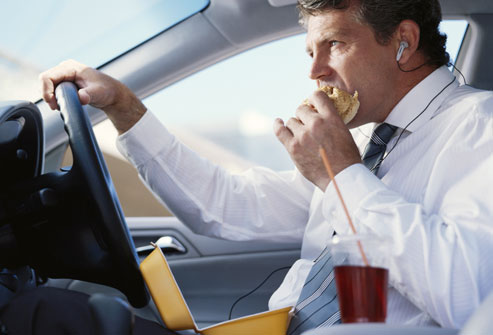By Lila Ojha
At a most remarkable moment in my career, I came to the United States as a mid-career journalism fellow, to learn global leadership and to experience American life.
A years ago, when I came to the small town of Blacksburg, Virginia 24 hours of flying from Nepal, I was shocked by all the driving. People were there in cars 24-7. As I traveled through different states, I saw many parking garages but didn’t see many sidewalks or pedestrian-friendly trails along American roads.
During my short stay in Blacksburg, I wanted to walk short distance but there was not a favorable trail to reach my language institute, grocery, or Walmart. Even on weekends, the perfect time for walking, I often found myself along on my morning and evening walks. When I saw people driving to destinations for exercise – the gym, the swimming pool – I became curious: why do Americans love driving so much? And why won’t they walk even in a few blocks from their apartments?

My conversation partner at Virginia Tech University student told me that Americans are very serious about time, they convert time into money by utilizing every moment. A shopkeeper in the Farmer Market in Blacksburg said me, “I personally love to walk shorter distance after parking my car but most of Americans don’t want to walk three or four blocks after parking their car. They want to park in front of office or shopping center, if I try to convince people then I will lose the customers because nobody has time to listen. Its American culture.”
That desire to fill every moment was apparent to me as I watched cars go by while I waited for public buses in Blacksburg. I saw most of Americans were eating food or talking on mobile phone – or doing both at the same time.
Americans love doing multitasking. They also love doing work by machine rather than in person including cleaning their houses by robotic vacuum cleaners or washing pots in dishwashers.
Although many parts of developing countries, walking is still the basic mode of transportation. Where I born and grew up in Nepal, there is a walking culture. Lots of Nepalese use public transportation and they need to walk to reach transportation. Even people who have their own car make time for walking around and hiking.
Walking is more than a necessity in less developing nations, however, its important exercise for health, and it reduces carbon dioxide, saving life and the environment.
